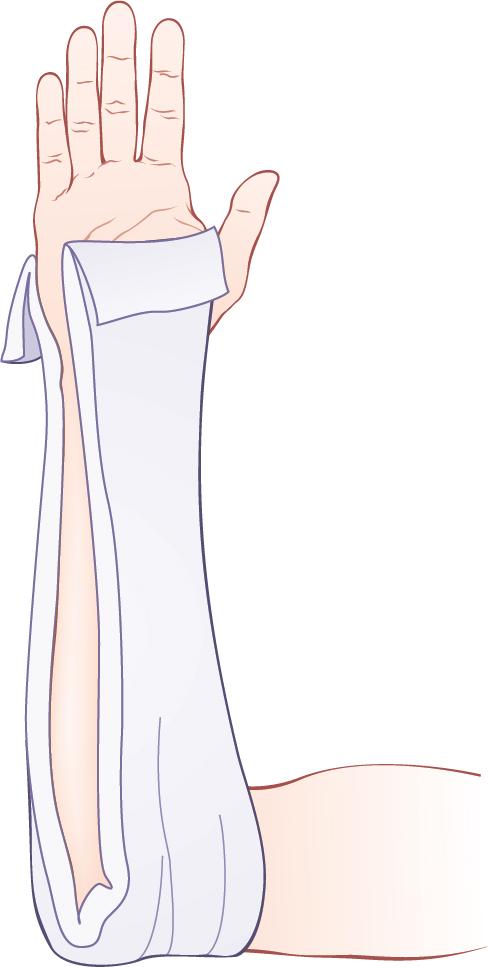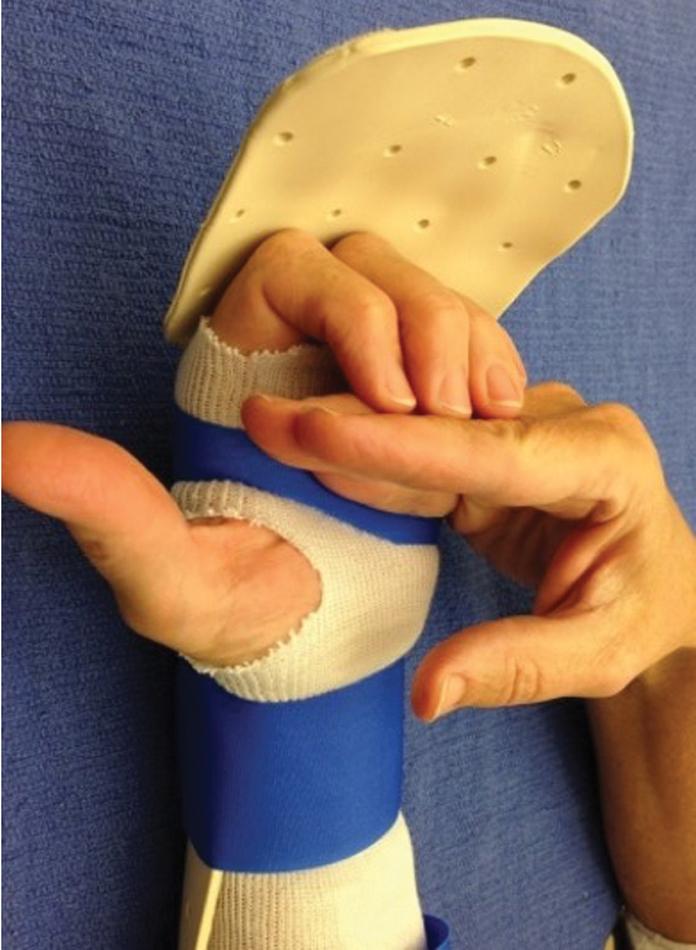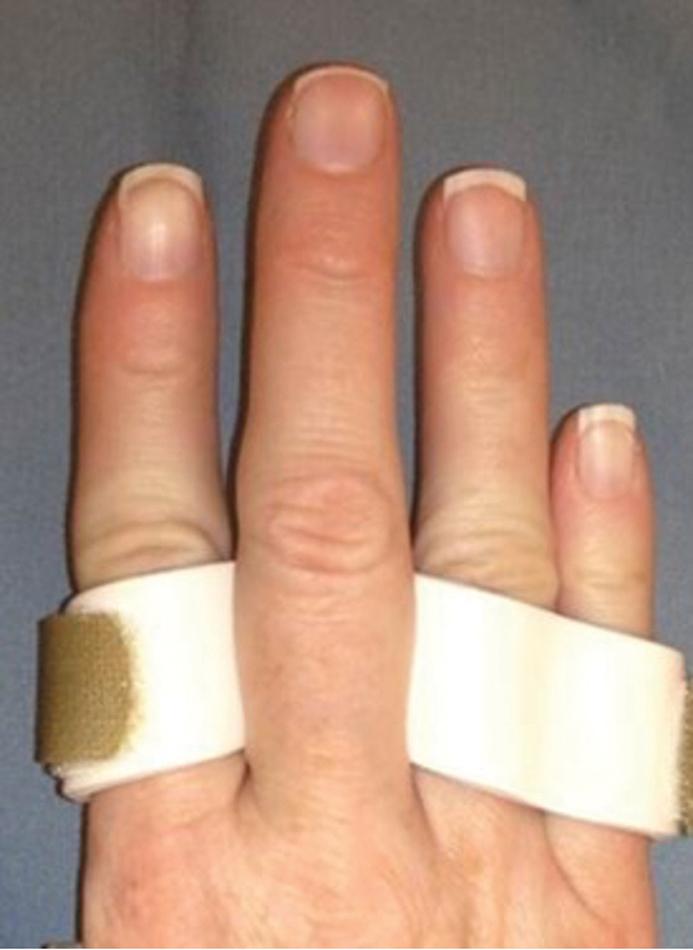Physical Address
304 North Cardinal St.
Dorchester Center, MA 02124
This textbook describes over 120 surgical procedures of the finger, hand, wrist, and forearm. For many of these procedures, splints or orthoses are used to immobilize or support the operative sites. The goal of this chapter is to introduce the basic tenets of upper extremity splinting and to present the common orthoses that can be used during postoperative recovery.
Think critically about the goals of your operation.
First consider whether immobilization is necessary. Strict cast immobilization is often applied immediately after fracture fixation, joint stabilization, tendon repair, or free tissue transfer procedures to prevent displacement or reinjury of the repaired structures. Nevertheless, this is increasingly unnecessary because of advances in orthopedic implants and improved understanding of soft-tissue healing. For example, modern locked plating provides more than adequate stability and rigidity to permit early postoperative motion after extraarticular fracture fixation within the wrist or hand. Similarly, advancements in the scientific understanding of tendon healing and the publication of prospective trials evaluating postoperative rehabilitation indicate that early mobilization is beneficial after acute flexor tendon repairs.
If immobilization is required, consider how far distal or proximal the orthosis should extend. For fractures or periarticular trauma, the first joints proximal and distal to the injury typically require immobilization. For example, a sugar-tong splint that immobilizes the elbow and wrist is often indicated for a displaced distal radius fracture treated with closed reduction ( Fig. 6.1 ).

Remember the tenodesis effect. Wrist motion can create substantial motion or strain through the flexor and extensor tendons, even if individual fingers are immobilized. Therefore many tendon repair protocols advise immobilization of the wrist joint as well.
Do not immobilize adjacent joints needlessly, because this causes unnecessary stiffness that slows the overall recovery process or causes permanent loss of motion.
Immobilization of the elbow is often unnecessary. Splints that cross the elbow should be avoided unless there is an absolute need to prevent forearm rotation, such as in forearm or distal radioulnar joint injuries. Elderly patients in particular can develop permanent elbow stiffness after only a few weeks of immobilization.
Historically, it was thought that forearm immobilization was required for carpal injuries such as scaphoid fractures. More recent biomechanical studies, however, suggest that forearm pronation/supination does not produce a significant displacement force. Therefore we recommend the elbow be left free in most patients with scaphoid injuries.
Pay close attention to the cascade of the metacarpal heads when fabricating plaster splints. It is a common mistake to extend the plaster or fiberglass too distally, past the small finger metacarpophalangeal (MCP) joint, when applying a forearm-based splint. This provides needless immobilization of the small finger. In combination with the swelling associated with a fracture or surgery, this can lead to long-term loss of motion in the digit.
Once motion is initiated in the recovery period, it is important to recognize how an orthosis can aid or inhibit passive and active motion.
For example, in many flexor tendon rehabilitation protocols, an orthosis is used to prevent finger extension beyond neutral but still permit active-assisted or passive flexion ( Fig. 6.2 ).

Similarly, a yoke splint is commonly used for sagittal band injuries. This prevents flexion of only the affected MCP joint but enables free flexion and extension of all other joints ( Fig. 6.3 ).

Determine when the patient can transition to a removable splint.
Nonremovable splints are commonly applied to patients in the operating room. These splints are left in place for several weeks after the procedure until patients are no longer vulnerable to reinjury.
In contrast, removable splints are commonly used in the later stages of postoperative recovery. Velcro removable splints are often preferred by patients because they are lighter and less bulky than nonremovable, circumferential casts or splints and because they permit hand hygiene.
Beyond the standard sugar-tong and forearm-based plaster splints, most upper extremity orthotic devices are created by hand therapists. Although it is outside the scope of this textbook to detail the steps of their fabrication, it is important that every hand surgeon understands the various types of orthoses available and when to use them.
Become a Clinical Tree membership for Full access and enjoy Unlimited articles
If you are a member. Log in here